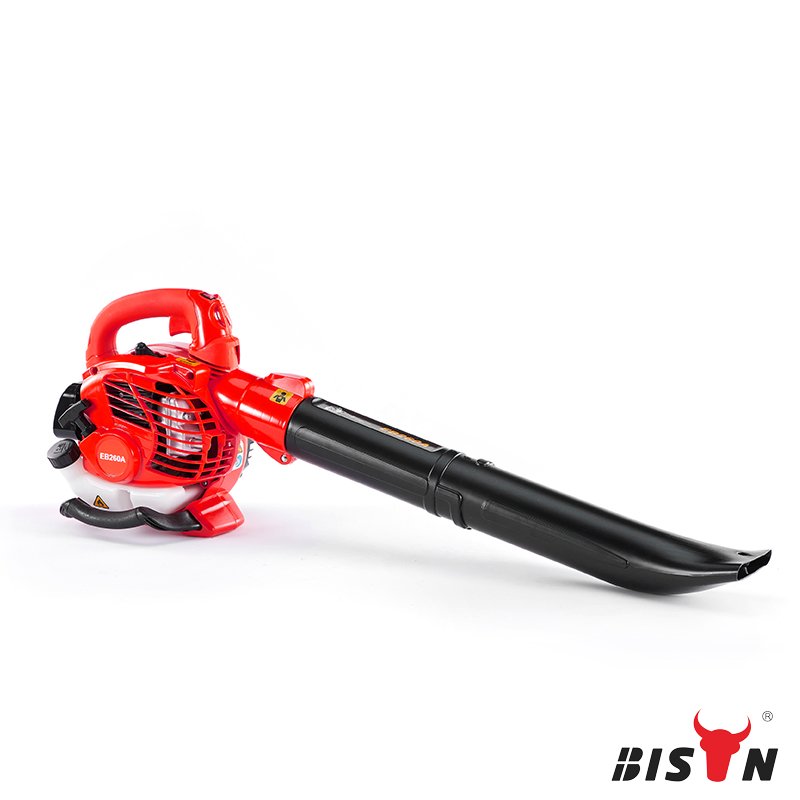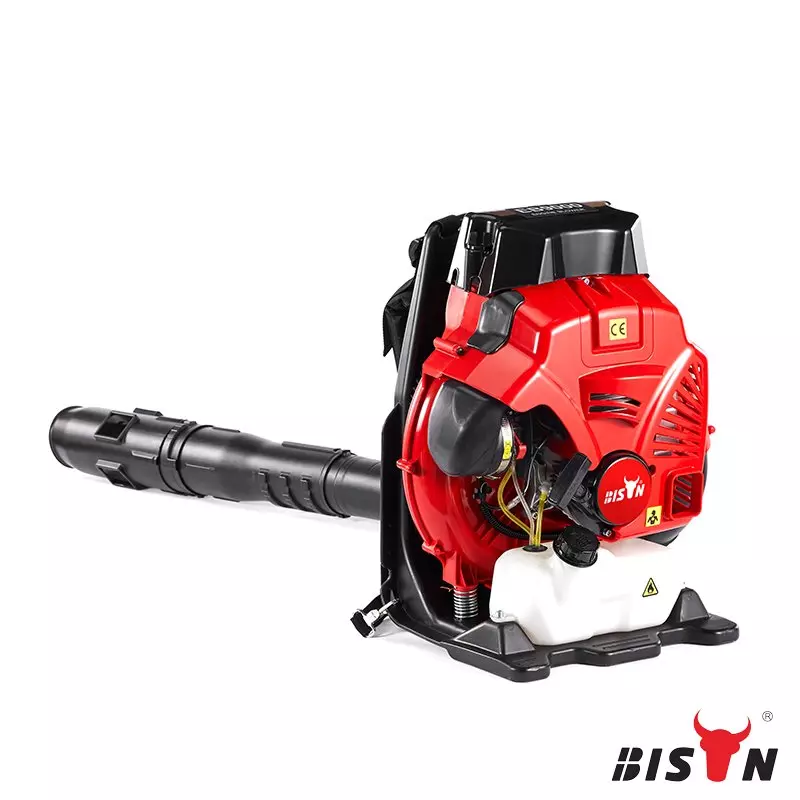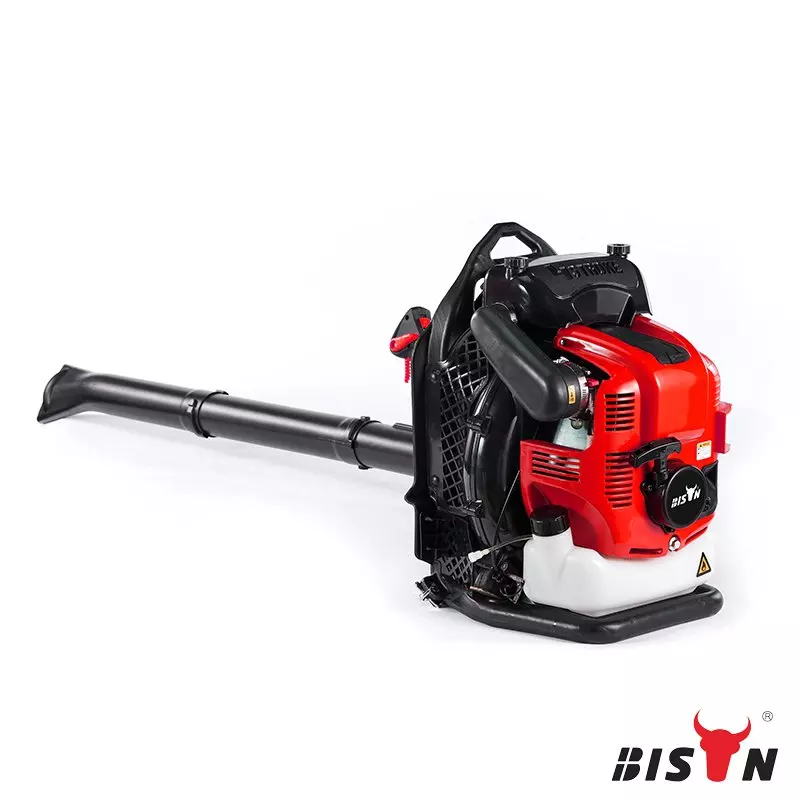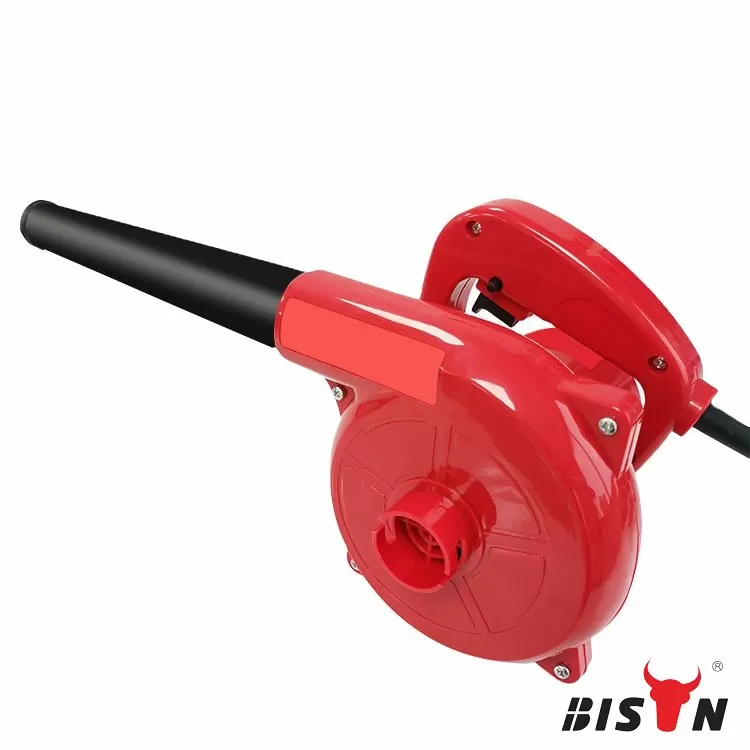leaf blower maintenance tips
2025-05-12
Table of content
Fall is the perfect time to check the condition of your leaf blower, but maintenance shouldn’t be limited to just one season. Like any power tool, leaf blowers require regular maintenance to stay in top shape.
Regular maintenance keeps your leaf blower running efficiently and prevents dirt, dust, and fuel buildup from causing performance issues or damage. That way, your machine will last longer, use fuel more efficiently, and be ready when you need it most.
All types of leaf blowers should be inspected and tuned up regularly, and follow these leaf blower maintenance tips. Read on to learn more.
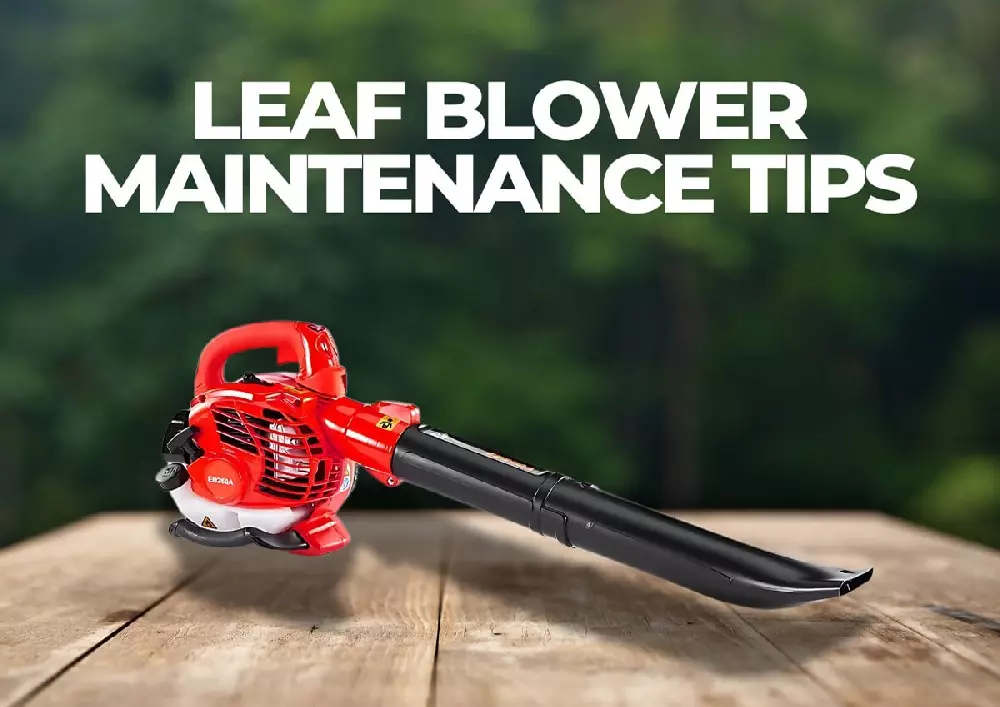
General maintenance tips for all leaf blowers
Maintaining a leaf blower doesn’t have to be complicated. With a few simple maintenance steps, you can keep it running smoothly, avoid costly repairs, and extend its life.
Keep it clean
Dirt, dust, and debris can quickly build up inside a leaf blower, reducing its performance and causing overheating. After each use, check and clean the following areas:
Vents
Fan
Air filter
Use a soft brush or compressed air to remove buildup. Wipe the exterior with a damp cloth and mild soap if needed. Avoid using harsh chemicals like ammonia or turpentine, as they can damage the exterior. If you use your leaf blower frequently, clean it at least once a week.
Also, check that the throttle or trigger is still sensitive—especially if it hasn’t been used recently.
Check for loose or worn parts
Give your leaf blower a quick check before and after each use. Check for:
Loose screws
Cracks in the housing
Worn or damaged parts, especially the blower tube, fan, and power switch
Tighten or replace any damaged parts immediately. Catching small problems early can help prevent larger mechanical problems later.
Proper storage
Proper storage is key to keeping your blower in good condition, especially during the off-season. Follow these tips:
Allow your blower to cool before storing it.
Store in a clean, dry, well-ventilated area away from children, moisture, and direct sunlight.
Keep away from sparks or open flames, especially on gas blowers.
For gas blowers, drain the tank or add stabilizer to prevent the fuel from decomposing. Follow the manufacturer's storage recommendations—some manufacturers recommend completely draining the system of fuel, while others recommend adding stabilized fuel. For electric blowers, make sure the power cord is loosely coiled and not pinched or bent.
Handheld gasoline leaf blower maintenance
Gasoline-powered leaf blowers require extra care to keep the engine running smoothly. Regular maintenance can help prevent problems such as difficult starting, reduced performance, and costly repairs. Here's what you need to know to effectively maintain your gasoline leaf blower.
Air filter maintenance
The air filter plays a vital role in keeping your engine running efficiently by providing proper airflow. A clogged air filter can reduce engine performance and make it work harder.
Cleaning a washable air filter
Remove sponge or felt pieces from the filter.
Soak them briefly in warm, soapy water.
Rinse thoroughly and let dry.
For better performance, apply a few drops of motor oil to the filter or sponge.
Paper air filter
Tap the filter on a hard surface to remove dirt. Replace it once a year, or sooner if it's too dirty to clean.
If you use your leaf blower regularly, consider changing the filter monthly. Otherwise, it is recommended to clean it every 10 hours of operation.
Fuel maintenance
Proper fuel maintenance is essential to keep the engine running smoothly.
Fuel quality
Always use fresh fuel, and if you store the leaf blower for a long time, drain the tank and let the engine idle.
Fuel change
Change the fuel every month to avoid aging and clogging of the fuel lines. When storing for a long time, consider adding a fuel stabilizer to prevent fuel decomposition.
Engine oil
Leaf blowers with four-stroke engines are equipped with separate oil and fuel tanks. For two-stroke engines, follow the correct fuel to oil ratio specified in the owner's manual, usually a ratio of 50:1 or 40:1. Avoid using automotive oil as it will damage the engine.
Regular oil changes are essential to ensure its proper operation. Change the oil after the first 20 hours of use and every 50 hours thereafter.
Spark plug maintenance
Worn spark plugs can cause difficult starting and reduced engine performance. Regular inspection and maintenance of spark plugs ensures smooth operation of your leaf blower.
Inspect spark plugs: Remove them using a spark plug wrench and inspect for dirt, carbon deposits, or corrosion.
Replace if necessary: Replace spark plugs if damaged or corroded. It is recommended to replace spark plugs once a year to maintain optimal engine performance.
Inspection frequency: Check spark plugs every few months, especially if the engine misfires or has difficulty starting.
Gap measurement: After replacing spark plugs, measure the gap to ensure it meets the manufacturer's specifications.
Fuel filter maintenance
Fuel filters prevent dust and debris from entering the engine, which can cause mechanical damage. Maintenance method:
Remove and replace filters: Disconnect the spark plugs and remove the fuel filter from the fuel tank using a small hook or metal hanger.
Inspect and replace: If the filter is clogged or damaged, replace it with a new one and reinsert the filter into the tank.
Check the fuel line: When changing the filter, check the fuel line for cracks or damage. If the fuel line is damaged, take the blower to a service center for repair.
Replacement frequency: It is recommended to replace the fuel filter once a year to ensure that the engine is in optimal condition.
Carburetor maintenance
A clogged or dirty carburetor can cause difficult starting and reduced performance. Regular cleaning can help prevent these problems and ensure efficient fuel-air mixture delivery.
Easy cleaning: For some models, the cleaning process is as simple as removing the exterior panel and spraying carburetor cleaner into the choke.
Thorough cleaning: For other models, you may need to remove the line from the tank, drain the fuel, and then spray carburetor cleaner into the carburetor line before reconnecting it.
Adjustment: If your leaf blower is stalling, running rough, or consuming too much fuel, adjust the carburetor settings according to the manual.
Cleaning frequency: For optimal performance, clean the carburetor once a year. If the problem persists, it is best to have it cleaned or repaired by a professional.
Vacuum bag (if applicable)
If your gas leaf blower has a vacuum function, maintaining the vacuum bag is essential for optimal efficiency. Maintenance method:
Remove the vacuum bag: Remove the vacuum bag from the leaf blower.
Clean the vacuum bag: Turn the vacuum bag upside down, hang it outside, and rinse it with a garden hose to remove debris.
Dry thoroughly: Allow the vacuum bag to dry completely before reattaching it to the leaf blower.
Clean frequency: Clean the vacuum bag at least once a year.
Backpack leaf blower maintenance tips
Backpack leaf blowers, like handheld leaf blowers, are powered by a gasoline engine and require regular maintenance to keep them running efficiently. However, due to the presence of additional components such as straps, hoses, and cooling systems, some additional parts require special attention. Here is how to maintain your backpack leaf blower:
Shoulder straps
The shoulder straps of a backpack leaf blower are essential for comfort and proper use. If the straps are worn or damaged, the leaf blower may become uncomfortable and difficult to use.
Inspect and adjust the shoulder straps before each use to ensure they are properly positioned and comfortable to wear. If the shoulder straps are badly worn or damaged, replace them to avoid stress on your back and shoulders.
Flexible hose
The flexible hose connects the blowpipe and control handle to the motor on the frame. Because this part is constantly exposed to air pressure and movement, it is prone to cracks or wear.
Inspect for damage regularly. If the hose feels stiff, you may need to replace the hose to maintain effective airflow.
Cooling system
The cooling system of a backpack leaf blower helps prevent the engine from overheating during use. This system usually includes cooling fins on the cylinders and an intake filter that work together to keep the engine cool.
Clean the cooling fins and intake filter at least once a week, or more often if you use your leaf blower frequently.
Specific maintenance for electric and cordless leaf blowers
Electric and cordless leaf blowers are easier to maintain than gas-powered leaf blowers, but they still require regular maintenance. Here are key maintenance tips for both corded and cordless electric leaf blowers.
Corded leaf blowers
Corded electric leaf blowers are generally low maintenance, but the power cord is a key component that requires regular maintenance.
Before each use, inspect the power cord for cuts, exposed wires, or frayed cords, especially near the plug or where the cord enters the leaf blower.
When storing a leaf blower, do not wrap the power cord too tightly, as this can cause kinking and fraying cords. Use a loose wrap method or use a cord storage device to prevent damage.
Cordless leaf blowers
Cordless leaf blowers are more convenient to use, but they require special attention to battery care and life.
Follow the manufacturer's charging instructions carefully. Most lithium-ion batteries work best when they are charged between 20% and 80%, and avoid completely draining the battery.
Store batteries in a cool, dry place away from extreme temperatures. Overheating shortens battery life. If stored for an extended period, keep the battery at about 50% charge, check it every few months, and recharge it if necessary.
Clean the battery contacts regularly with a soft, dry cloth or cotton swab to remove any dirt or debris. Keeping the contacts clean helps maintain a strong connection for optimal charging and power delivery.
If your battery isn't lasting if it once did, you may need to replace it. Most lithium-ion batteries last 2-3 years with normal use.
Summary
Maintaining your leaf blower properly is key to ensuring it continues to operate reliably for years to come. Proper maintenance can reduce the need for costly repairs and avoid professional repairs. A little attention to detail now can give you years of trouble-free operation.
As a professional leaf blower manufacturer, our experience from producing tens of thousands of leaf blowers shows that a well-maintained unit will last 2-3 times longer than one that is neglected.
For specific guidance or additional support for your BISON leaf blower, please consult your owner's manual or contact our customer service team. We are always ready to help you get the most out of your leaf blower.


